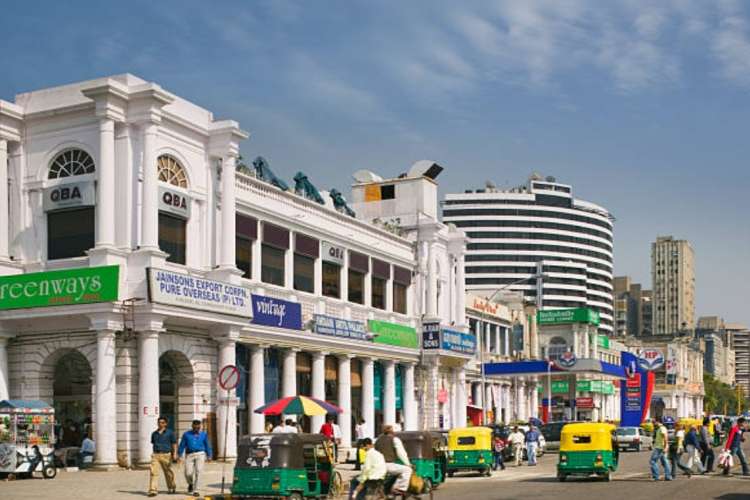India’s consumption trends: Many Indians are showing a greater willingness to spend on non-essential items despite rising inflation. According to a new study, one third of the salaries earned by Indians in 2023 went toward dining out, online gaming, and lifestyle purchases. In that year, consumers allocated 29% of their expenditure to discretionary spending—with online gaming edging out dining out and ordering in. Yet obligatory expenses, such as loans and EMIs, still dominated, constituting 39% of overall spending, while necessity expenses like utilities and groceries made up the remaining 32%.
The survey reveals the growing significance of entertainment and lifestyle in shaping Indian consumer behaviour. Even amid financial pressures, people are finding ways to enjoy leisure activities. The study—conducted by Perfios and PwC India—analysed bank statements from over 3 million tech-savvy borrowers who sought loans via fintechs and NBFCs. However, the exclusion of credit card and cash transactions limits the survey’s overall accuracy. Notably, 73% of these consumers had a monthly income of up to Rs 40,000.
READ | Chinese imports: India needs to curb growing dependence
A booming consumer market
India ranks among the world’s largest consumer markets and is projected to grow by 46% by 2030, driven by rising incomes, a young workforce, and urbanisation. According to an Edelweiss Mutual Fund report, this growth will elevate India’s consumer market to the second largest globally, with consumer spending projected to hit $4.3 trillion. In contrast, current projections peg the market at $2.4 trillion for 2024.
The surge in consumerism is largely fuelled by increased purchasing power. With a median age of 28, India’s population is significantly younger than China’s (39) and the US’s (38), positioning it as a key driver of global consumption. By 2030, one in five working-age individuals (15-64 years) worldwide will be from India. Additionally, women’s participation in the labour force has surged from 23% in 2018 to 42% in 2024. Consumption currently drives around 60% of India’s $4 trillion economy.
As aspirations converge between urban and rural areas, improved access to goods and services is transforming intent into actual spending. Two major shifts are evident in the market: a move from unbranded to branded goods and a transition from unorganised to organised retail.
Breakdown of discretionary spending
Lifestyle purchases—including fashion and electronics—account for an average of 63% of discretionary spending. This is followed by online gaming (13.7%), dining out and ordering in (13.1%), and entertainment (3.1%). Spending on liquor and spirits (2.7%) and travel (1.2%) remains relatively lower. Although travel-related expenses represent only 1.2% of total discretionary spending, those who travel tend to spend significantly more. The pent-up demand post-pandemic has driven a surge in spending on travel and hospitality, with entry-level earners allocating Rs 776 and high-income earners Rs 3,066 monthly. These figures are likely conservative, given the study’s exclusion of credit card transactions—a common payment method for travel.
While insightful, such surveys come with inherent limitations. Relying on self-reported data may introduce recall inaccuracies, social desirability bias, or misinterpretations of questions. Excluding credit card transactions can underrepresent key spending categories like travel. Moreover, focusing solely on “tech-savvy borrowers” may skew results, limiting the generalisability of the findings. Economic fluctuations and seasonal variations further challenge the accuracy of snapshot surveys in reflecting long-term spending habits.
These surveys capture only a segment of Indian consumers and do not necessarily indicate that rural India is driving consumption. In fact, there are growing concerns that overall consumer spending has decoupled from national output since the fiscal year ending in March 2023.
Economic concerns and the way ahead
A small group of affluent Indians is currently propelling consumption. However, cracks are appearing beyond the luxury market, as evidenced by slowing car sales and dismal Q3 earnings among major companies. India’s GDP growth for the year ending in March is expected to hit a four-year low of 6.4%—the lower bound of policymakers’ targets for the coming decade. When viewed holistically, the trend in consumption appears to be fading.
While higher sales of non-essential items are encouraging, it is crucial that this trend becomes more widespread. Rural India, in particular, must also benefit from increased discretionary spending. In October of last year, FMCG firms raised concerns about a shrinking middle class—the very segment that had traditionally driven fast-moving consumer goods sales. Suresh Narayanan, chair of Nestlé India, has warned about persistently weak consumption in rural areas.
The first step toward a more robust consumer market is to improve the employment landscape and create quality jobs for India’s abundant labour force. Economists warn that stagnant real incomes leave middle-class Indians with little disposable income for the discretionary purchases that fuel a consumer-driven economy. The long-term solution lies in creating more jobs outside of agriculture.
New Delhi must avoid a return to the sluggish output and consumption growth seen after the two-year phase of post-pandemic rebound spending. Although the government has initiated measures to boost consumption, it remains to be seen whether this progress will benefit all Indians—not just the top earners.

